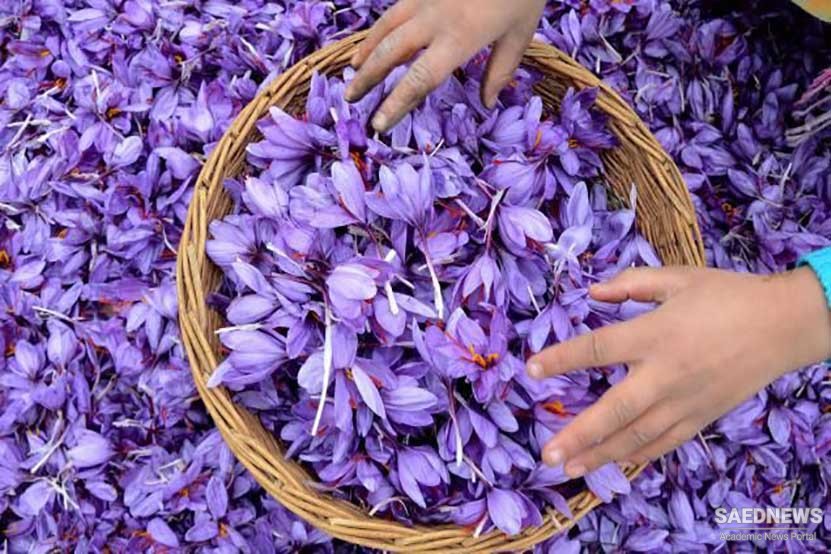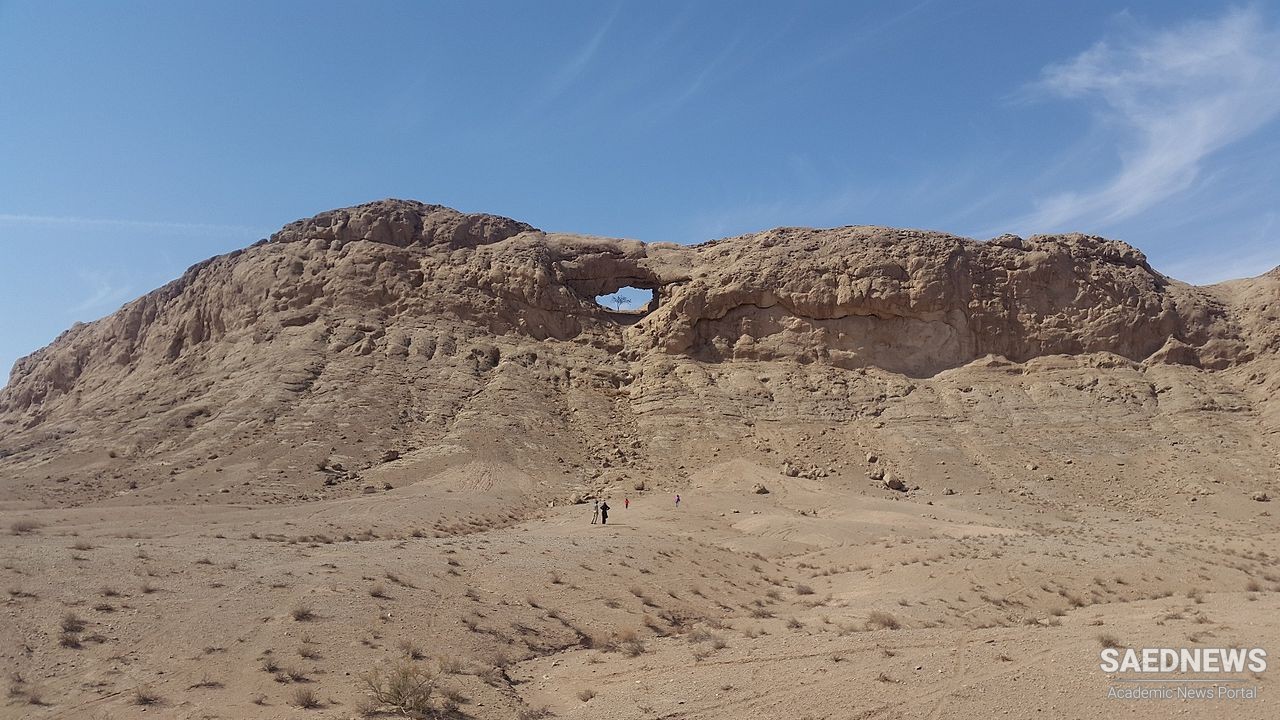Other products of the province include barberry and jujube. South Khorāsān is the land of people with white clothes. Their music also reflects their simplicity and serenity.
Saffron
Planting saffron using old traditional methods has been common in this province from ancient times. In addition to its medical and edible uses, Saffron has been used for painting and as ink for writing. It has also been used to illustrate the cover of the Quran as well as writing prayers.
Jujube tree
As the South Khorāsān borders the desert with hot and dry weather conditions, there is special kind of vegetation, proper for this region. The Jujube tree can perfectly adapt itself with the environment of this region. It uses little water and has green leaves during five months of the year, in spring and summer. The small red fruits which have medical usages are picked in September. These trees are found mostly in the eastern parts of the province.

Nahbandān Desert
This village is located 83 km southwest of the town of Bīrjand in an area called Khūsf. The historical architecture of this village has been greatly influenced by the geographical features of this area. The houses are made of mud. Architectural features include domes, central yards, hexagonal rooms with corridors, thick walls, pools and small gardens.
Kolāh Farangī Building
The structure is located in the city of Bīrjand with an area of 677 square meters in 6 floors and in the form of a ziggurat. Two floors were used for special occasions and the other four were built to shape a decorative form for this building. It dates back to the Zand dynasty in 17th and 18th centuries CE. The interior decoration includes mainly plaster work.


 Kermanshah Province, the Kingdom of Khosrow Parviz and Ahuramazda
Kermanshah Province, the Kingdom of Khosrow Parviz and Ahuramazda














































